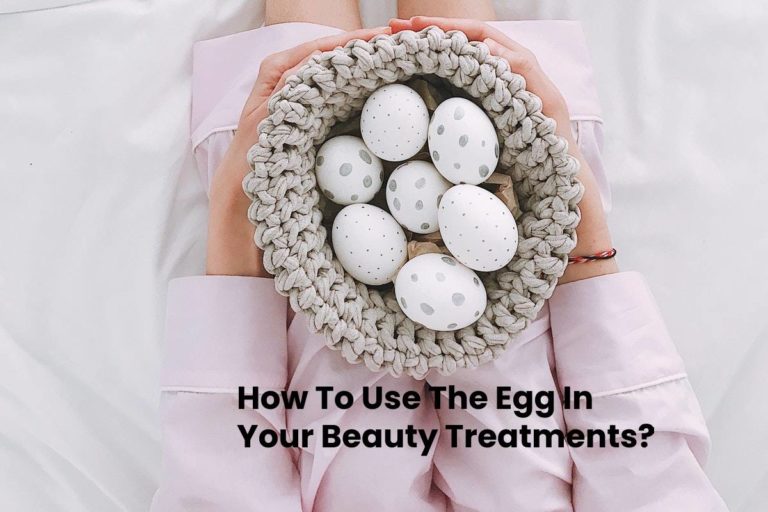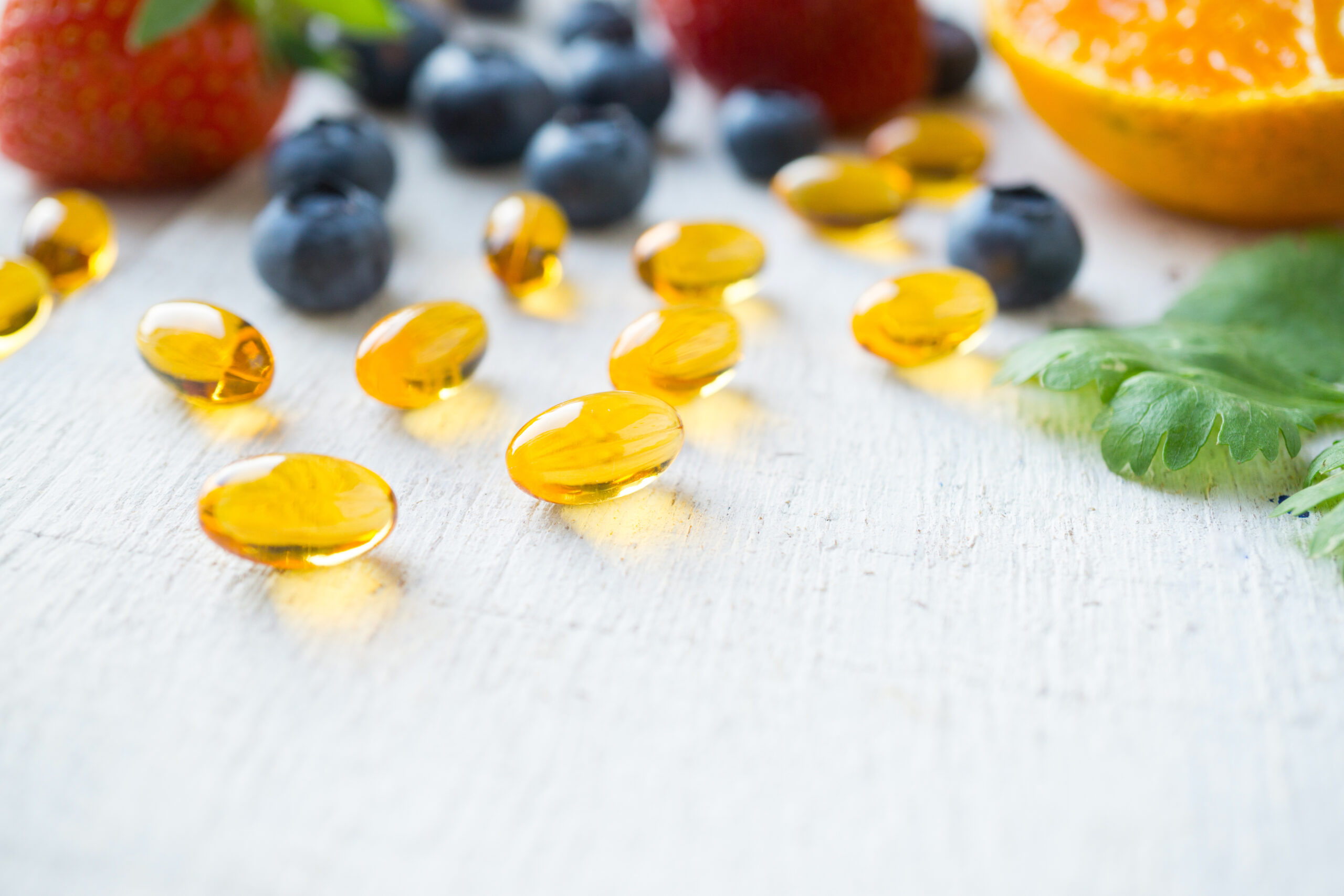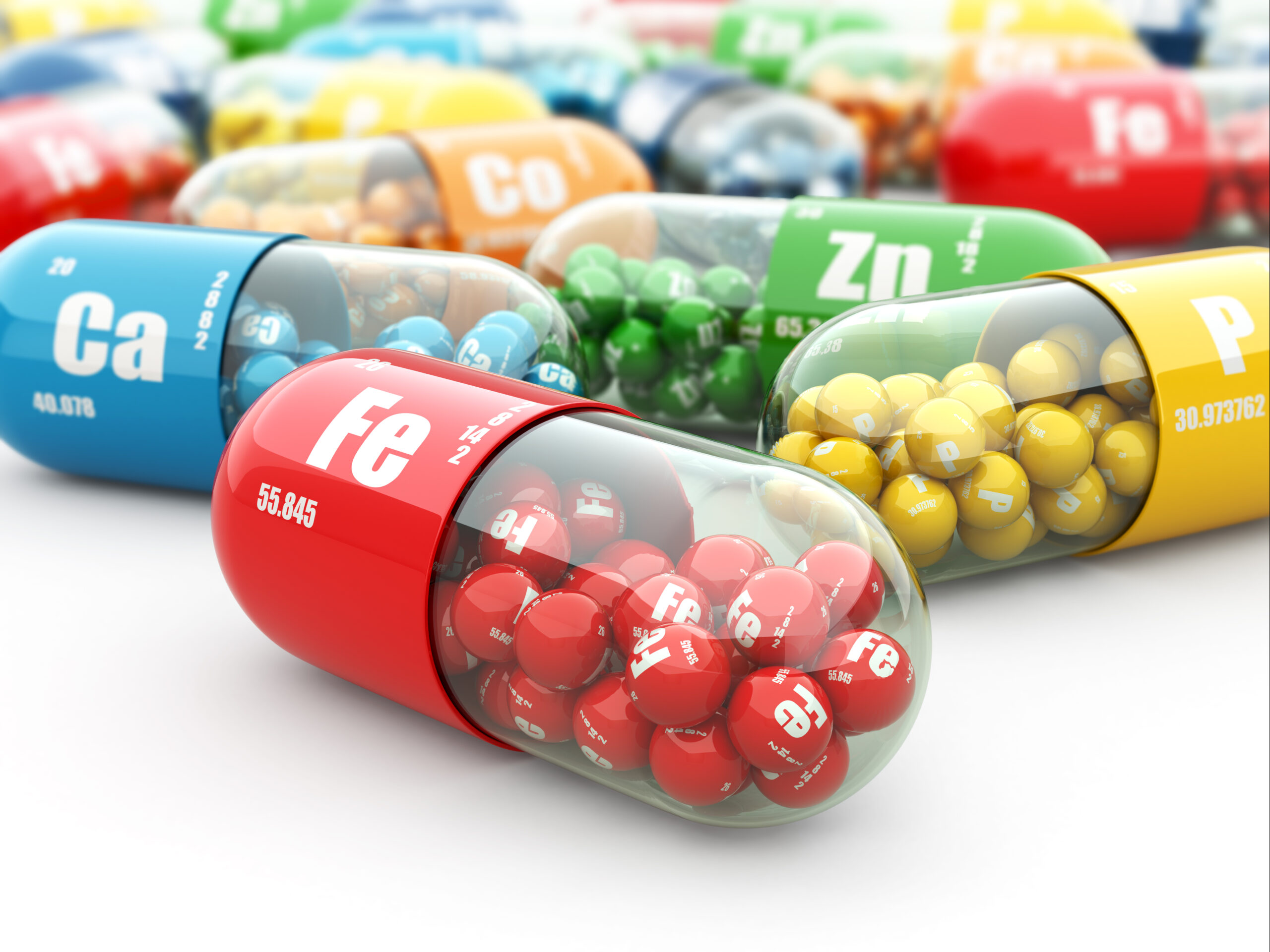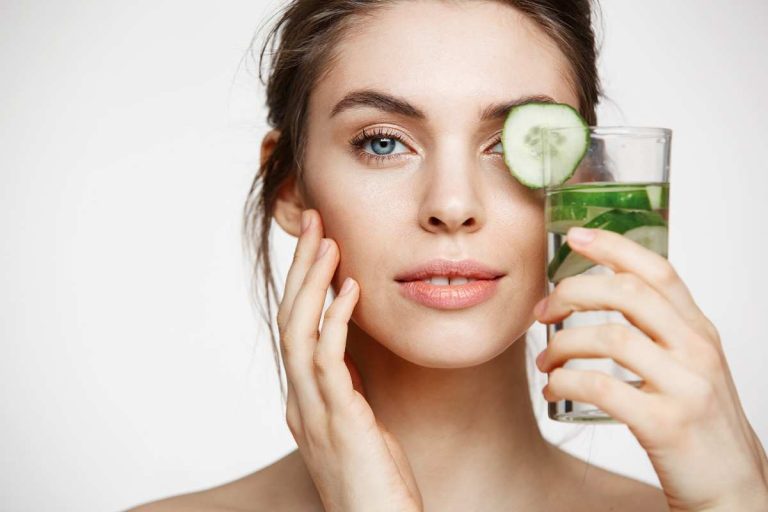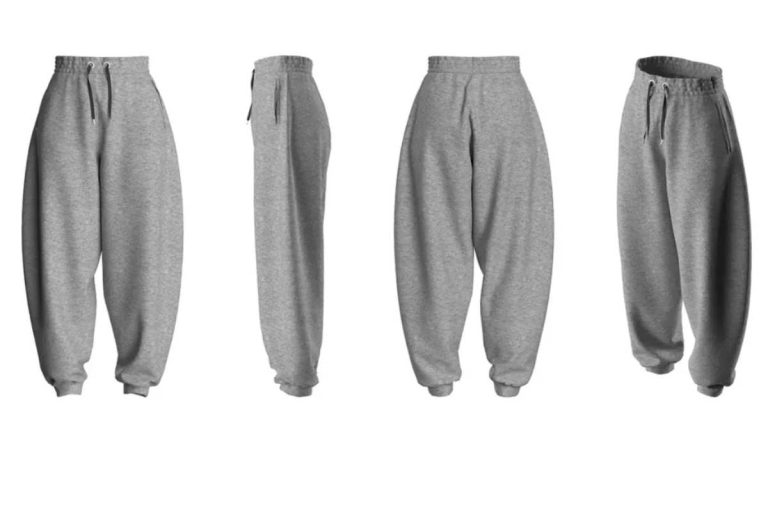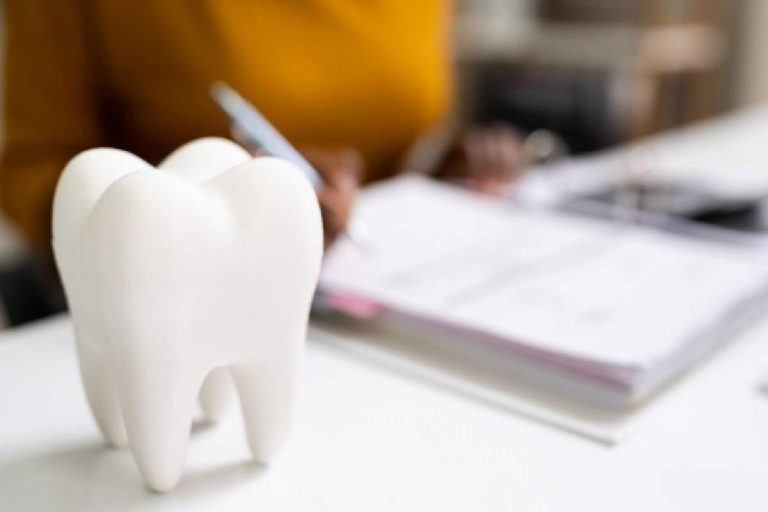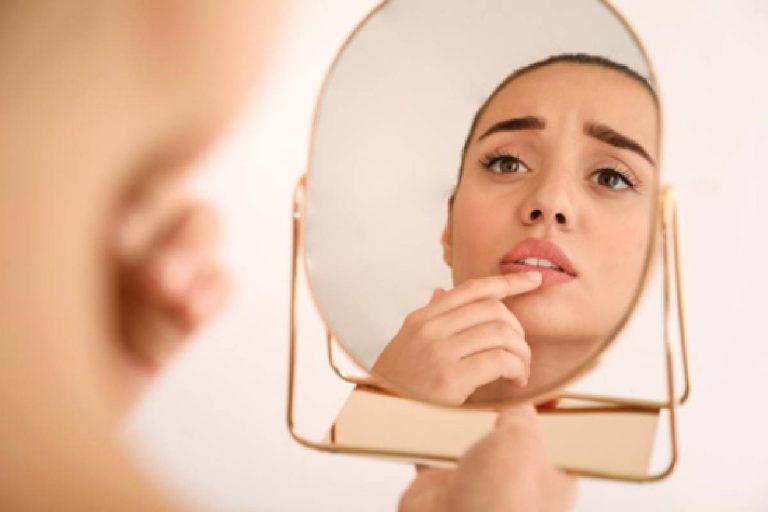When it comes to boosting hair growth, slow and steady is the name of the game. After all, most people’s average hair growth rates hover around half an inch per month–meaning growing out that bob or pixie can be quite a commitment.
Fortunately for those of us dreaming of lengthier locks, there are plenty of tricks to boost your hair’s average growth rate. While it will still take time to grow the Rapunzel strands of your dreams, these easy tricks will help naturally stimulate your hair’s growth patterns for sustainable long term length.
Table of Contents
Try Scalp Massage
There’s nothing better at the end of a long day than a nice massage. And a relaxing massage that boosts hair growth is even better! A number of studies have shown improvement in hair growth rates in people who received regular scalp massages. While the exact relationship between scalp massages and hair growth are still slightly mysterious, the basic science that supports scalp massaging for hair growth lies in the benefits massages provide to hair follicles and can scalp massage help hair growth by better not younger . All new hair growth starts from these tiny bulbs beneath the skin of your scalp, and researchers believe that scalp massage may help increase hair thickness by stretching the follicles’ cells, stimulating them to produce thicker hair. A nice massage may also help stimulate blood flow to the scalp, boosting growth rates by providing nutritional support for new hair cells to form.
Take a Supplement
A balanced diet rich in the vitamins and minerals that support hair health is essential to supporting new growth. If your body is missing certain nutrients, it may cause increased hair shed as a result of the stress the deficiency causes, so making sure you’re getting the right balance of proteins, healthy fats, and vitamins your hair needs to thrive is an essential aspect of supporting long term hair health.
Adding regular doses of hair vitamins to your daily routine is a great way to make sure your locks are receiving the nutritional support they need to thrive. A cruelty-free formula like cult beauty fave Vegamour’s biotin and folic acid hair gummies, is a good one stop solution for your hair’s nutritional needs.
Beat the Heat
If you’re using a heat styling tool like a straightener, curling wand, or hairdryer as a regular part of your hair beauty routine, do your locks a favor and take a break!
While it’s ok to use these styling tools every once and a while, overuse can dry out hair strands, weakening the hair shaft over the long term. This makes your hair prone to breakage and more likely to fall out, causing a serious setback to your growth goals.
If you absolutely must use heat styling tools, make sure you have a professional grade tool with a temperature gauge you can reference. That way, you’ll know exactly how much stress your hair is being subjected to, and adjust your care routines accordingly. The Bio Iconic brand is a great source of heat tools with hair gauges, so you can keep an eye on those heat levels. Make sure to use a protection spray or balm, and use as little heat as you can get away with to minimize the damage.
Lower Your Stress
We all know stress is at the root of all evil. From sleeping problems to headaches, if you’re stressed, you’ve likely already experienced some of the negative physical effects of this unfortunate mental state. But stress can also cause hidden damage within the body, including the processes that regulate hair growth. When we’re suffering from long term stress, our body causes hair follicles to enter telogen effluvium, a resting state that causes hair to stop growing and eventually fall out.
If you’re suffering from elevated stress levels, self care is important! Here are a few of our
favorite de stressing activities:
- Exercise. Even something as simple as taking a quick online yoga class or walking
through the neighborhood park can significantly lower stress levels.
- Stay away from screens! Too much doom scrolling can elevate stress hormones.
- Try journaling. Studies show that writing your worries down can help make them seem
more manageable.
- Meditate. Cultivating a mindfulness practice by using a meditation app, practicing
gratitude, or simply breathing deep does wonders for your mental health.
Use Essential Oils
When it comes to reducing stress, aromatherapy techniques using essential oils are a popular
method. And, bonus points, it turns out some essential oils have been shown to positively
impact hair growth!
Here are a few essential oils that studies have shown help to support hair growth:
- Lavender
- Thyme
- Rosemary
- Cedarwood
- Tea Tree
- Peppermint
- Lemongrass
- Clary Sage
- Ylang-ylang
Incorporating any of these oils into your scalp massage practice is a great, and great smelling,
way to boost your hair growth results naturally. I’m a big fan of Aura Cacia’s essential oils,
which come in a wide variety of scents!
Whatever methods you choose to naturally stimulate hair growth, be patient! Remember that
hair growth is a process, and getting the length of your dreams will take time. But with natural
tools like these, you’ll be well on your way to sustainable, long term hair health.


